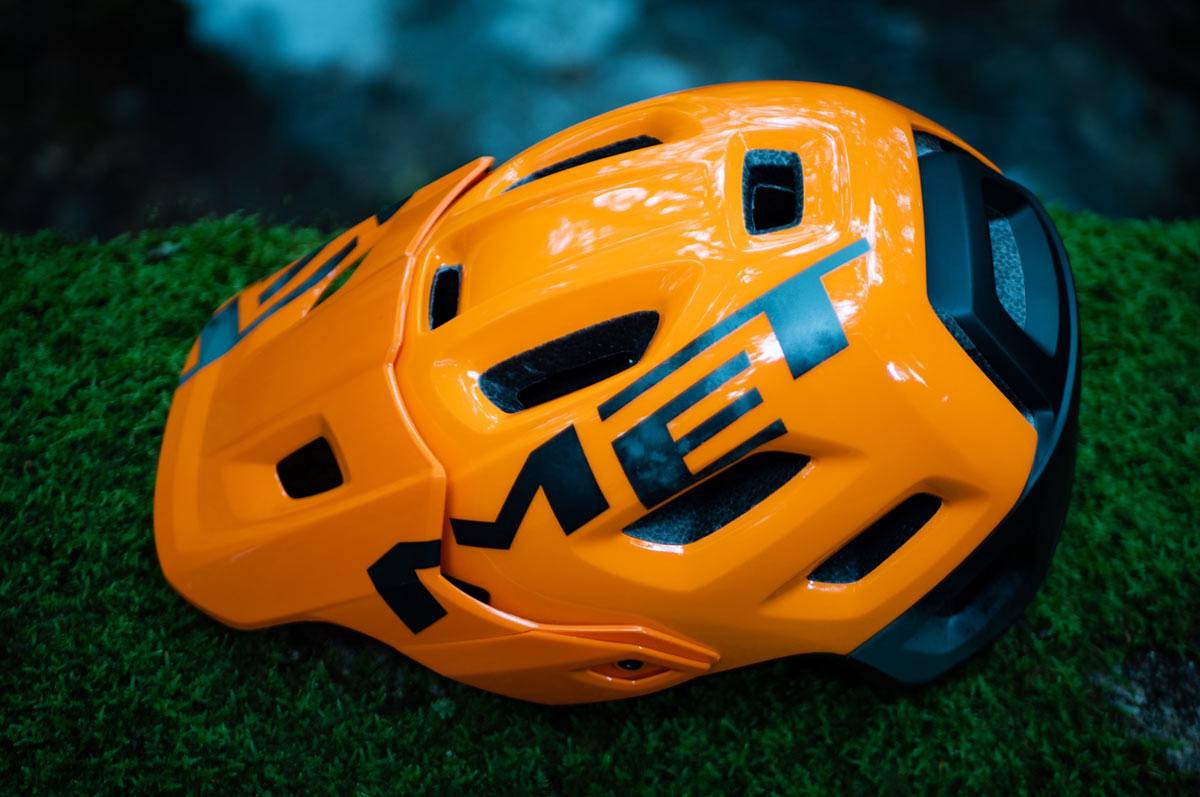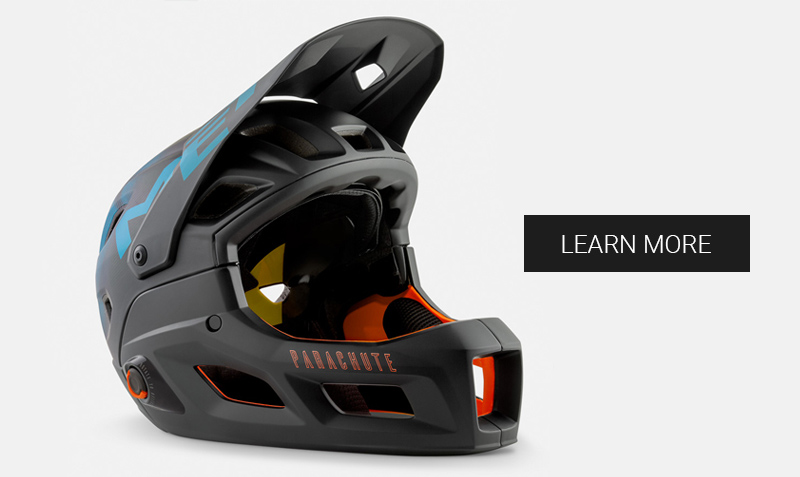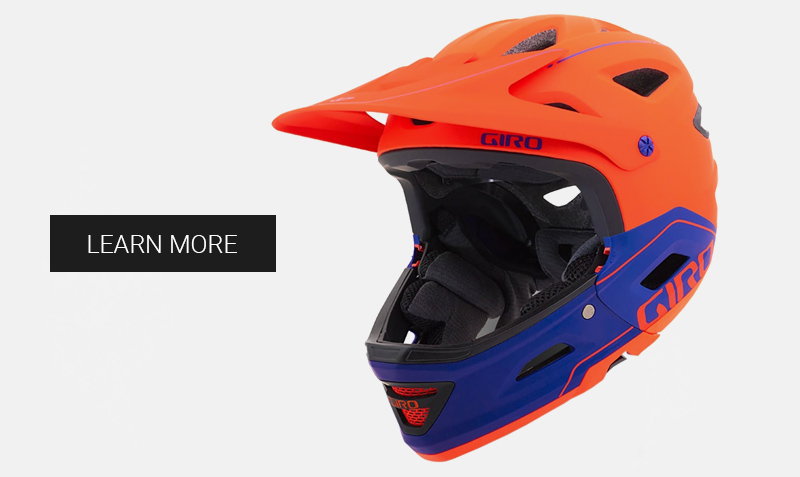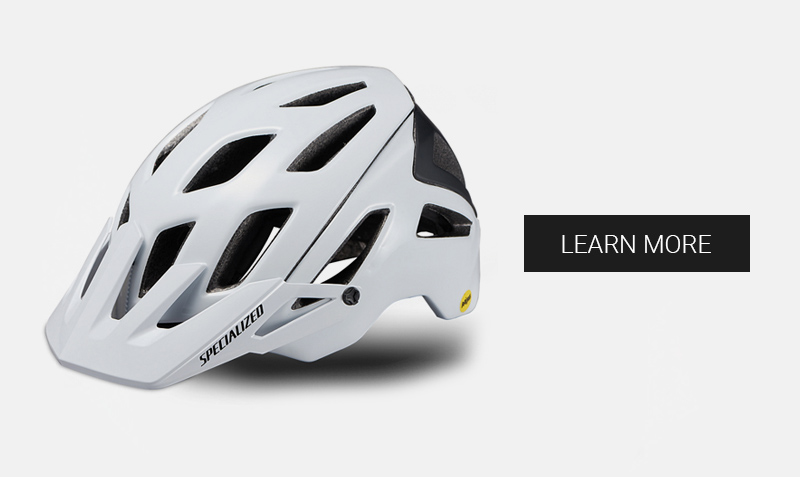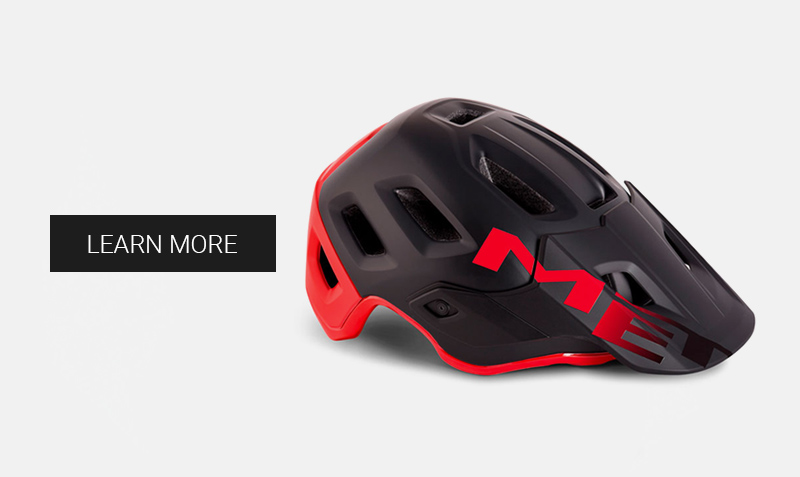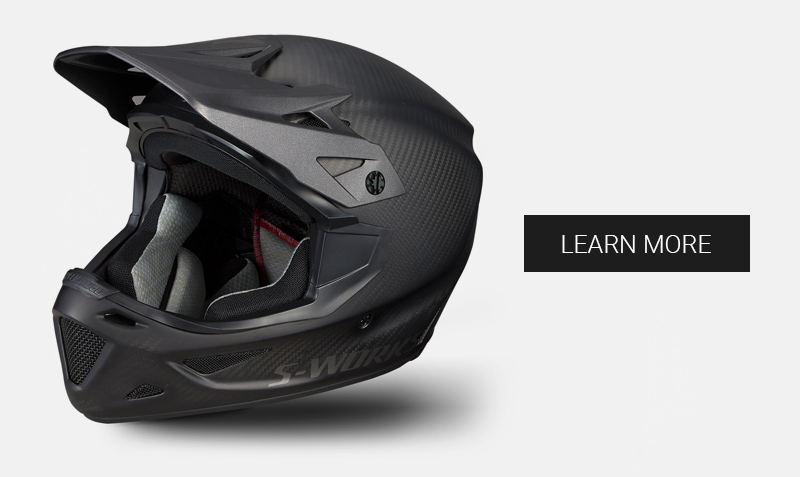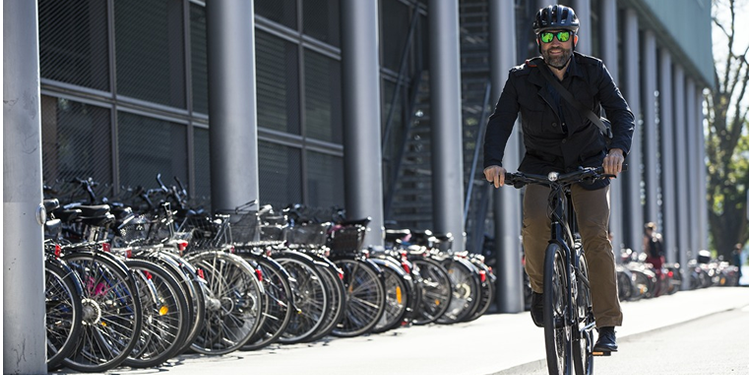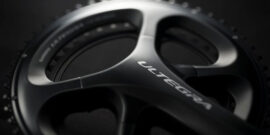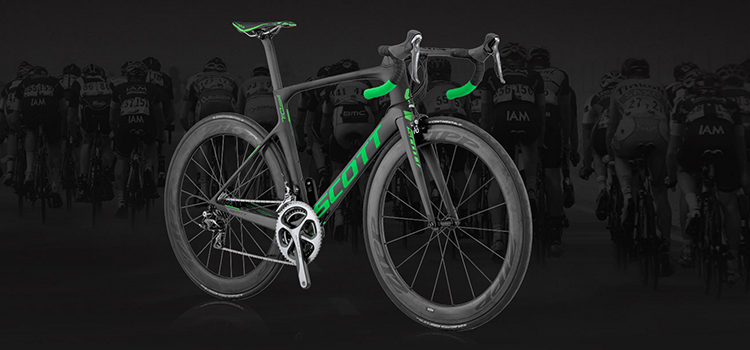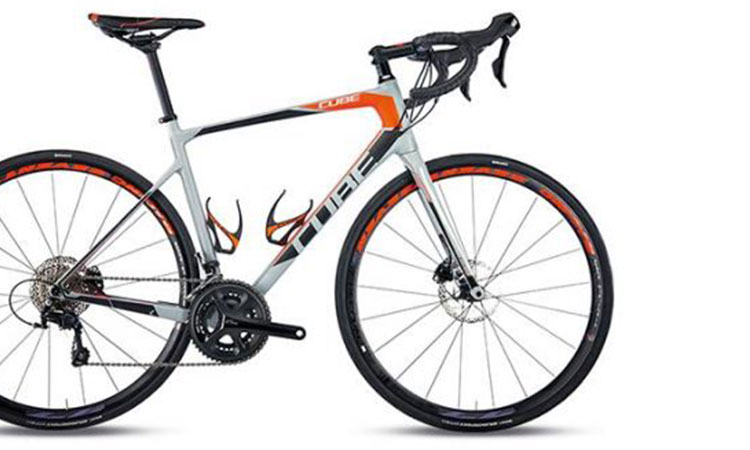We all know that a helmet is one of the most crucial bits of kit to remember for any ride. If you have been involved in an incident that meant your lid was used for its intended purpose, at whatever level of collision, you will know all too well the importance of this often lifesaving bit of kit.
It is widely regarded that a helmet – without a collision – should be replaced every five years, as the spongy protective EPS layer gradually loses its volume. At 99 Bikes, we stock a large number of helmets, but what is the difference between them? And why should you care about wearing the right helmet for the right discipline?
Mountain biking, in particular, is a broad church. There’s a huge gulf in requirements between easy trail riding and breakneck DH racing, and as such there are a wealth of helmet options than sometimes be a little bit bewildering. First, let’s look at the technology underpinning MTB helmets.
MTB helmet tech explained – MIPS
MIPS is the industry leader in helmet technology. They’re not a manufacturer of helmets, so much as a third-party technology supplier used by other brands to make their products safer. Like how The North Face and Berghaus use Gore Tex in their waterproof jackets.
MIPS stands for Multi-directional Impact Protection System and it pretty much does what it says on the tin. The way we crash on bicycles is not a simple case of linear impacts, we crash in all sorts of unpredictable ways and thus, the impacts to our noggins can come in at all sorts of angles. MIPS helmets reflect that and protect you from it in a way that older helmets that just use foam do not.
Having MIPS in a helmet often adds a little bit to the price tag, with some major brands releasing their top-end lids in a ‘with MIPS’ and regular version. Look out for MIPS’ bright yellow branding if you’re ever unsure as to whether a helmet is equipped with this brain-saving tech.
ANGI
From an industry-wide technology to one pioneered exclusively by a single brand, ANGI is Specialized’s way of measuring the linear and rotational forces that typically occur during a bicycle crash. Big S is putting ANGI (Angular and G-Force indicator) into its top-end bike helmets as a sort of extra safety system. The sensors communicate with an app on your phone and, should the worst happen and you end up eating some dirt, the app will notify your emergency contacts that you’ve taken a tumble. The benefits of this when you’re out riding solo away from civilisation are obvious. For more, visit this FAQ on Specialized’s site.
Another emerging safety tech is the rise of better helmets with detachable chin bars. The first full-face helmets were pretty uncomfortable to ride for any length of time at any level of intensity because they didn’t really breathe well and ended up feeling like riding with a swampy bucket on your head. Many riders opted to have two different helmets, only wearing the full-face when they absolutely had to – and for only short periods of time – and favouring their open-face option for any sort of all-mountain riding.
A detachable chin bar eliminates some of that rigidity by allowing you to switch your full-face lid to an open-face one when you don’t need that maximum level of protection. It adds massive versatility to helmets offering full-face protection, without compromise on the safety aspects.
The MET Parachute MCR is a perfect example of this growing sector.
Best helmets for MTB
So which are the best MTB helmets for different disciplines?
For enduro, we’d recommend the aforementioned MET Parachute. It sits at the top of the category with its magnetic chin bar removal system, MIPS protection and – like all MET helmets, it’s beautifully styled with that Italian flair for design.
Looking to save some cash but still get maximum protection? Look no further than the Giro Switchblade. It’s also packing MIPS protection and comes with 20 vents around the helmet body to keep you cool. The chin bar is removable.
Looking to explore some trails without the competitive element or extreme speeds of enduro? We love the Specialized Ambush for trail riding and all-mountain exploration. It comes with the ANGI technology discussed above as well as a really clever integrated fit system.
Similar in performance and protection offered is the MET Roam, winner of a 2018 Design & Innovation award. The Italian brand describes it as an all-mountain helmet and it really is versatile – we’ve seen it used in everything from trail-riding to gravel racing.
Looking for the thrill that only comes from pelting full-tilt downhill? You’ll be wanting a proper full-face helmet to do that, and you could do much worse than the category-leading Specialized Dissident. Present in the range for almost a decade, the Dissident has had a lot of facelifts in its time, but has preserved that essential commitment to being “the lightest, most-ventilated and technically advanced carbon fibre full-face mountain bike helmet out there.”
Now that you know everything there is to know about the types of MTB helmet we stock, why not come down to one of our shops and try one for size? Our friendly staff will help you find the right style, size, make and design for the type of cycling you do.

